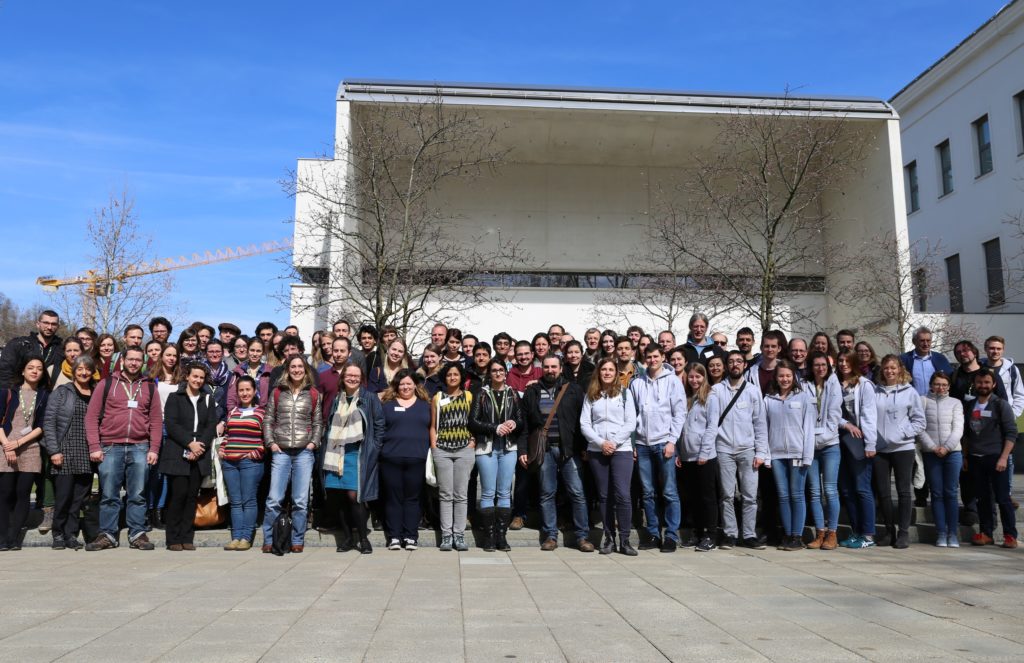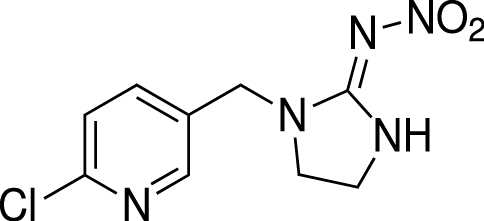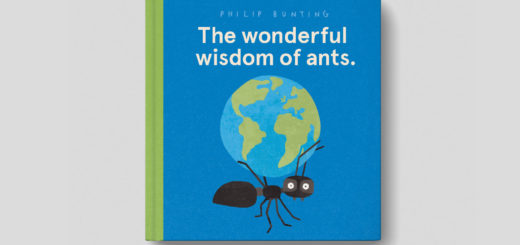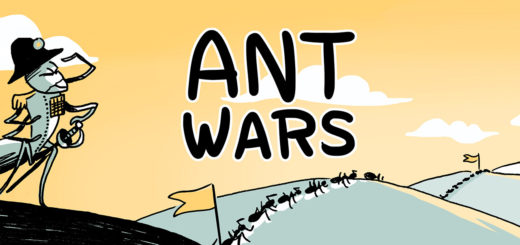VI. Central European IUSSI meeting 2019
The 2019 Central European IUSSI meeting was held from 19th to 22nd March at the IST Austria in Klosterneuburg. Many researchers accepted invitations from Sylvia Cremer and her team who organized a great meeting.
A View compiled by Julia Giehr, Stephanie Wendt, and Patrick Krapf

The 38 outstanding talks and 48 remarkable posters were culminated with four plenary talks and covered a wide range of interesting social insect topics. Students and researchers got the opportunity to present their work and to exchange views with other scientists.
On the second day, the guided “behind-the-scenes tour” at the Natural History Museum Vienna allowed us to explore how research is conducted at the museum. After an amazing view from the rooftop, we additionally got the opportunity to look at one of the greatest insect collections or alternatively to search the basement for extinct stuffed mammals.
Gallery (click to enlarge):

View from the rooftop of the Natural History Museum (© Stephanie Wendt) 
Darwin cornice created by Johannes Benk. (© Stephanie Wendt) 
A collection of human skulls. (© Stephanie Wendt) 
Diverstiy of ants (© Stephanie Wendt) 
Pepsis hyperion, a huge spider wasp. (© Stephanie Wendt) 
Birdwings – the largest butterflies in the world. (© Stephanie Wendt)
Ad Darwin cornice: The cornice shows a monkey pointing at himself and holding a mirror to a boy who closes his eyes because he doesn’t want to see either his mirror image nor the monkey. A second monkey holds a book in his hand entitled “Darwin. Ancestry of humans”. With this cornice, the museum visitor should be confronted with his animal ancestry.
The meeting closed with a farewell dinner at Redlinger Hütte, a cabin near the IST. After the last talk, we took a 20-minute walk up to the cabin, where we received a welcome drink at a campfire. Soon after, a delicious dinner was served, and the conference was closed with the student awards (aka Kutter Prize) for posters and talks.

The meeting also gave a deepened insight into social immunity. During the social immunity workshop, which was held on the last day, we got a closer look at a variety of methods and could also practice our own handling skills. We got the opportunity to prepare pathogen solutions, to microinject pathogens into ants, to expose workers to pathogens and to perform antimicrobial growth inhibition assays. We also were able to study how ants are filmed and how videos are analysed.
We are grateful that we could participate at the VI. Central European meeting and are looking forward to the next one.

Creating pathogen solutions (© IST Austria) 
Microinjecting pathogens in workers (© IST Austria) 
Antimicrobial growth inhibition assays (© IST Austria) 
Marking workers with colors (© IST Austria)
















Recent Comments